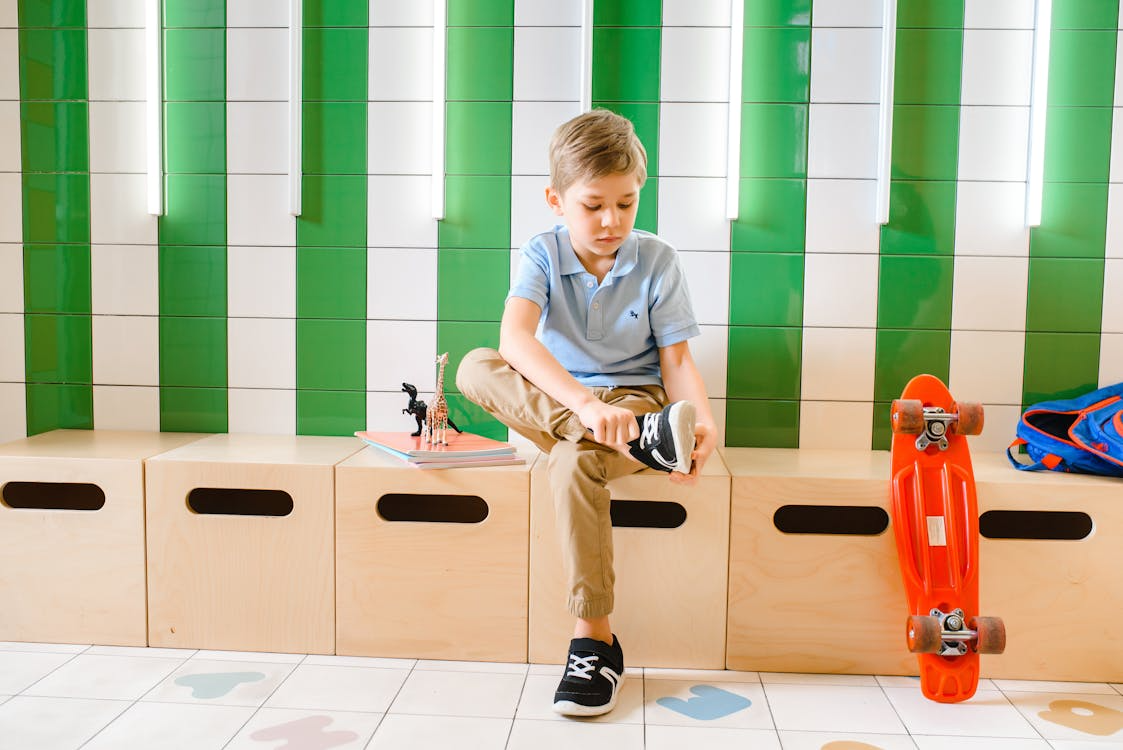You know that sinking feeling when brilliant concepts get stuck in development hell. As a creator, you've probably watched amazing ideas gather dust while traditional processes drag on for months. The old-school approach? Expensive. Slow. And by the time you get feedback, it's often too late to pivot.
But here's something that'll change your perspective entirely. A recent survey conducted by the Product Development and Management Association (PDMA) highlighted that organizations utilizing iterative prototyping reported a 43% decrease in time to market compared to traditional methods.
That statistic isn't just impressive—it represents a fundamental shift in how modern creators operate. When you embrace rapid prototyping, you're essentially demolishing the barriers that have historically separated visionaries from execution. Independent creators can now compete directly with established brands, sometimes even leaving them in the dust.
Understanding this democratization of innovation opens up a world where your creative career transforms through specific competitive advantages that help you outmaneuver established market players.
The creator economy moves at lightning speed, and your development approach needs to match that pace. Creators who grasp these competitive advantages position themselves to seize opportunities while competitors are still planning their next move.
Speed isn't just an advantage; it's survival in today's marketplace. Traditional development cycles feel like watching paint dry when you're implementing rapid prototyping for creators. You're not merely working faster; you're catching trends at their peak and addressing audience demands instantly.
Consider viral phenomena or seasonal windows. Traditional developers are often still sketching ideas when you're already gathering real-world feedback on your third iteration. That timing difference? It's the gap between success and missed opportunities.
Limited budgets shouldn't strangle creative vision. The benefits of rapid prototyping include slashing upfront investment compared to conventional manufacturing routes. Rather than gambling thousands on an unproven concept, you're investing hundreds in market validation.
This strategy enables testing multiple approaches without financial devastation. Early failure becomes a learning opportunity rather than a business-ending catastrophe. Each cycle reveals crucial insights about your audience and market positioning.
Few things sting worse than launching products nobody desires. Early validation through the design iteration process identifies problems when fixes cost pennies instead of thousands. You'll spot design weaknesses, usability problems, and market disconnects before they become expensive failures.
User feedback transforms into your navigation system, steering decisions through real evidence rather than educated guesses. This approach isn't just safer—it's strategically superior.
Grasping these competitive benefits lays the groundwork—but maximizing rapid prototyping potential requires mastering fundamental techniques that transform creative concepts into reality efficiently and effectively.
Selecting appropriate techniques determines whether your prototype delivers valuable insights or wastes precious resources. Different projects demand different strategies, and toolkit versatility distinguishes thriving creators from those struggling to gain traction.
3D printing accessibility has exploded, yet choosing between resin and filament depends entirely on your project requirements. Resin excels for intricate details in jewelry or miniatures, while filament handles larger structural components more effectively. CNC machining brings precision when specifications matter most.
Don't dismiss simpler methods like foam core models or cardboard constructions. Often, the quickest prototype reveals the most critical lessons about dimensions, weight distribution, and user interaction patterns.
No-code platforms have revolutionized digital prototyping for creators lacking programming expertise. Tools like Figma, Webflow, and various app-building platforms enable functional prototype creation that users can genuinely interact with and test.
AR and VR prototyping unlock entirely new dimensions for immersive experience creation. These technologies aren't exclusive to major corporations anymore—independent creators utilize them for previewing everything from spatial designs to educational modules.
While mastering foundational techniques provides solid groundwork, creators who truly excel employ advanced strategies that expand the boundaries of what's achievable through rapid prototyping.
For instance, a case study by IDEO illustrated how engaging users in the design process led to a 50% increase in customer satisfaction scores for a consumer electronics company. This user-focused methodology exemplifies the sophisticated thinking that separates exceptional creators from merely competent ones.
Machine learning applications are reshaping our prototyping approaches. AI analyzes user behavior patterns, recommends design enhancements, and automates specific testing procedures. Generative design software produces multiple variations automatically, revealing possibilities you might never have imagined independently.
These tools aren't replacing human creativity—they're amplifying it by managing repetitive tasks and uncovering insights buried within complex data patterns.
Cloud-based collaboration platforms eliminate geographical limitations. You can partner with designers across continents, collect feedback from worldwide audiences, and maintain continuous iteration cycles. Virtual reality design sessions enable remote teams to collaborate as naturally as if sharing a physical workspace.
This global methodology introduces diverse perspectives that strengthen your prototypes and expand their universal appeal.
These sophisticated strategies become exponentially more powerful when customized for your specific creative domain—let's examine how various industries are revolutionizing their rapid prototyping approaches.
Each creative sector presents distinct requirements, limitations, and opportunities. Understanding how successful creators within your industry implement these principles provides competitive advantages while avoiding common pitfalls.
Interactive content prototypes allow engagement level testing before committing to full production investments. Whether developing educational materials, entertainment pieces, or marketing campaigns, you can leverage this methodology to understand what truly resonates with your target audience.
Multi-platform validation ensures content functionality across various devices and social media environments. Desktop-optimized content might completely fail on mobile interfaces—prototyping identifies these compatibility issues early.
Sustainable fabric prototyping addresses environmental consciousness alongside cost management concerns. Digital fabric simulation tools enable pattern and fit testing before cutting expensive materials. 3D body scanning ensures size-inclusive design validation across diverse body types.
Smart textile integration requires simultaneous prototyping of aesthetic and functional elements. Your prototype must achieve visual appeal while maintaining operational reliability—testing both aspects together conserves time and materials.
Observing these industry-specific successes highlights the importance of constructing comprehensive prototyping ecosystems that support your unique creative objectives and budget parameters.
Knowledge without execution achieves nothing meaningful. This structured methodology converts our entire discussion into actionable steps that advance you from novice to confident prototyper within three months.
Begin with simplicity. Choose one prototyping tool matching your budget and learning preferences. Dedicate the first week to mastering basic functions without pressure. Week two involves creating your inaugural simple prototype—perfection isn't the goal.
Weeks three and four concentrate on feedback collection. Share your prototype with friends, potential users, or online communities. Document lessons learned and surprising discoveries.
You're prepared for increased complexity now. Apply month-one feedback to create an enhanced version. This phase delivers real learning—you'll experience iteration's transformative power firsthand.
Community engagement becomes essential during this period. Join creator communities, participate in virtual meetups, and cultivate relationships with fellow prototypers.
Equipped with success metrics and optimization strategies, you're ready to implement everything through a structured plan that converts theory into tangible creative achievements.
Before embarking on your rapid prototyping journey, let's address frequent questions and concerns creators encounter when implementing these transformative techniques.
Which of the following is the best reason for rapid prototyping?
The primary purpose of rapid prototyping is to test ideas and validate adaptations. This crucial manufacturing process helps save on time and cost and decreases waste by revealing design flaws before full-scale production.
What is the main advantage of the rapid prototyping life cycle model?
Faster Product Development. This is one of the main advantages of rapid prototyping a shorter, more efficient product development timeline. By quickly producing prototypes, you can iterate on designs faster, speeding up the time from concept to market.
Can creators use rapid prototyping for service-based businesses?
Absolutely. Service prototypes can include customer journey mockups, process flowcharts, and even role-playing scenarios. Many successful service creators prototype their offerings through pilot programs and beta testing with select clients.
Embracing rapid prototyping represents more than adopting a manufacturing technique—you're cultivating a mindset that prioritizes learning and adaptation within your creative process. The benefits extend well beyond accelerated development cycles, fostering deeper user connections and more successful market launches. Whether pursuing physical or digital prototyping techniques, success begins with small steps and quick iterations. Your design iteration process bridges the gap between creative vision and market reality. Creators who master these methodologies don't simply build superior products—they construct more resilient, adaptive businesses capable of flourishing regardless of market conditions.




Want to add a comment?